All living things need food to be able to survive. Food chains are one way to demonstrate how energy is transferred between plants and animals.
Food chains show the way in which energy is passed from the sun to plants which are then eaten by animals, who are then eaten by other animals, until you get to the top of the food chain. All energy comes from the sun, plants use sunlight to make their own food by a process called photosynthesis.
Plants are called producers as they make their own food and are the start of the food chain.
Animals are called consumers as they eat plants and other animals and are further up the food chain.
If one part of a food chain is reduced or changes, the whole food chain is affected. For example if there was a shortage of fish for penguins to eat, penguins would survive less well reducing the food supply for animals further up the food chain.
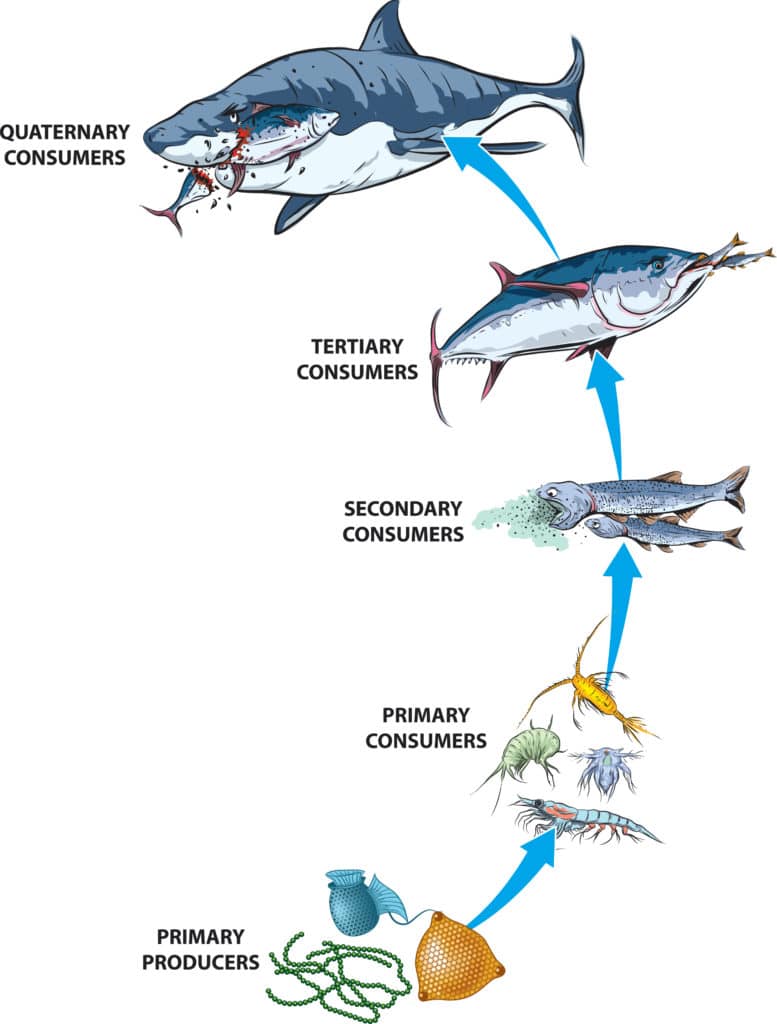
Example Food Chains
sun - pondweed - tadpole - duck
grass - rabbit -fox
grass - rabbit - owl -snake - fox
grass - cow - human
carrot - rabbit - fox - lion
Fish - penguin - shark
Easy Food Chains for Kids
Build a food chain
Collect small toy animals and create a food chain with arrows.
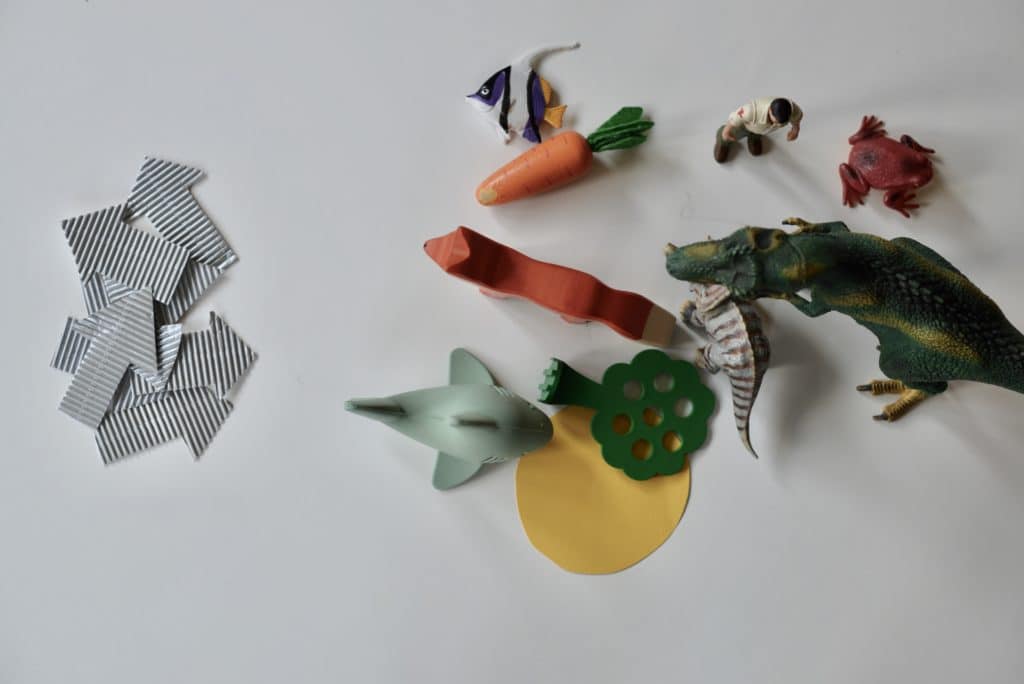
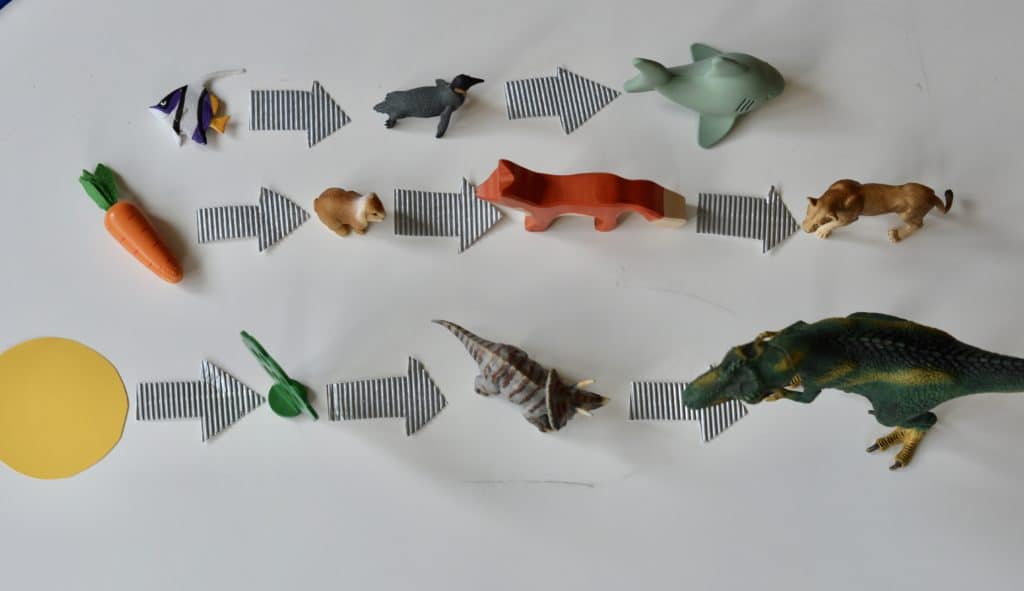
Stack them up
Choose a food chain and print out images for each part.
Attach each image to a different sized tube. The tubes should fit inside each other with the widest at the bottom.
Fit the tubes together to make a food chain.
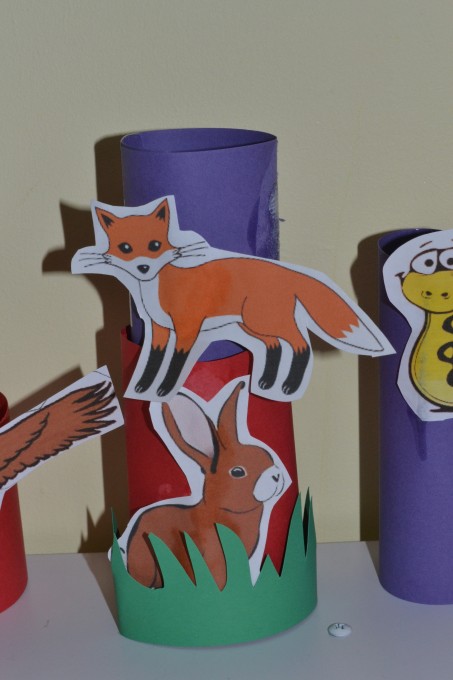
Make a paper food chain
Make a paper chain food chain!
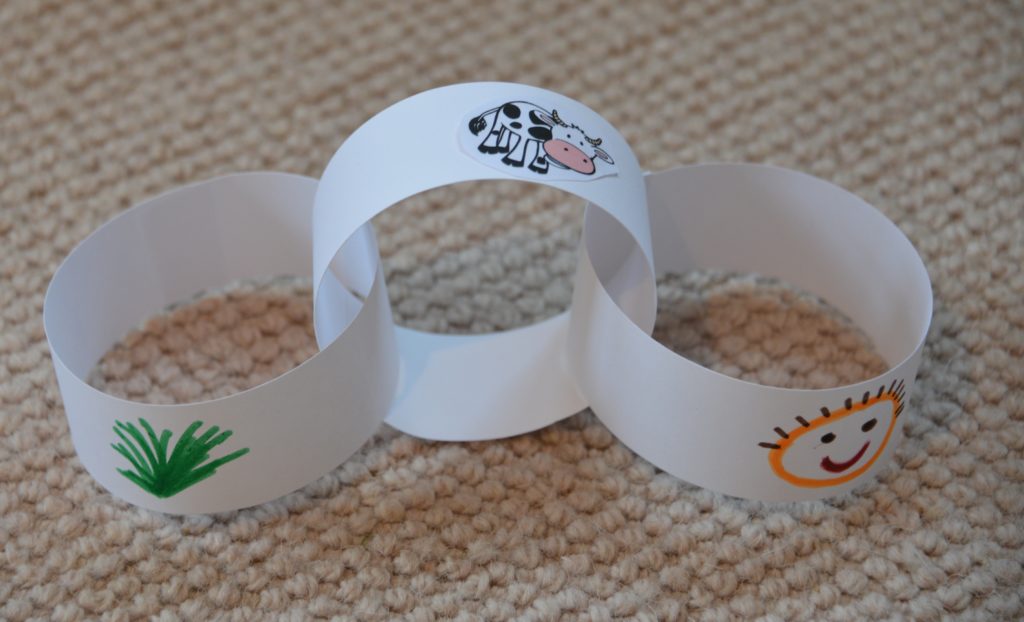
We also love these food chain collages!
Food chain questions to ask
What is a herbivore?
A herbivore is an animal that eats plants. In a food chain we call the herbivore the primary consumer. It is the first consumer.
What is a carnivore?
A carnivore is an animal which eats other animals, in a food chain carnivores ( predators ) are known as secondary or tertiary consumers.
What is a predator?
A predator is an animal which kills another animal to eat.
What is a food web?
A food web is similar to a food chain, but shows a more complicated feeding relationship.
More Easy Science for Kids!
Learn about photosynthesis with a cress caterpillar.
Try one of our easy activities for science at home!
Learning Outcomes
Key Stage 1
Understand that all living things need food to be able to survive.
Key Stage 2
Understand the meaning of producers, predators and prey.
Construct and interpret food chains.
Understand that if one part of a food chain is altered it affects the whole chain.
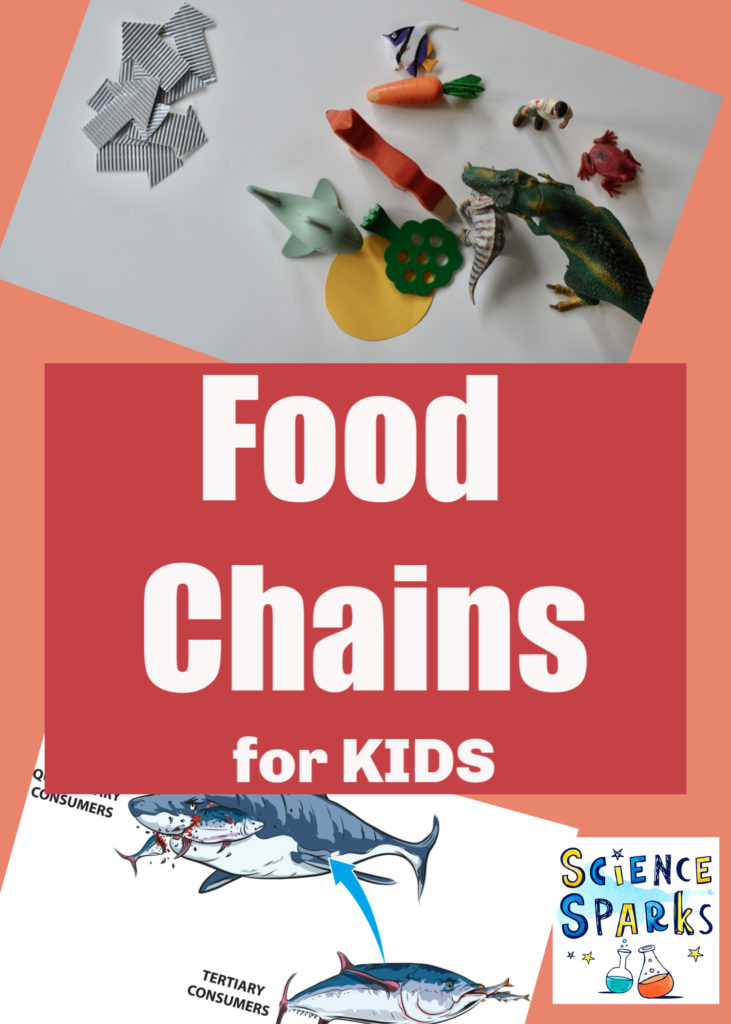
Last Updated on April 28, 2020 by Emma Vanstone
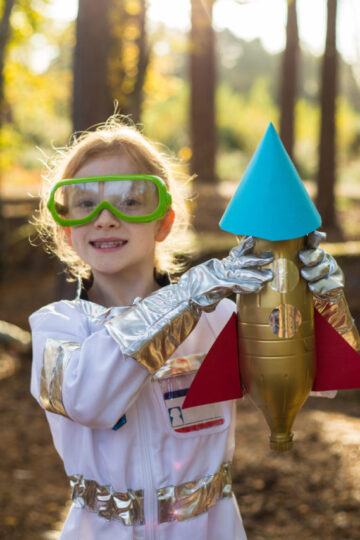

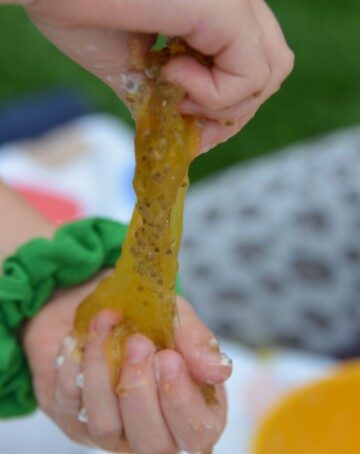
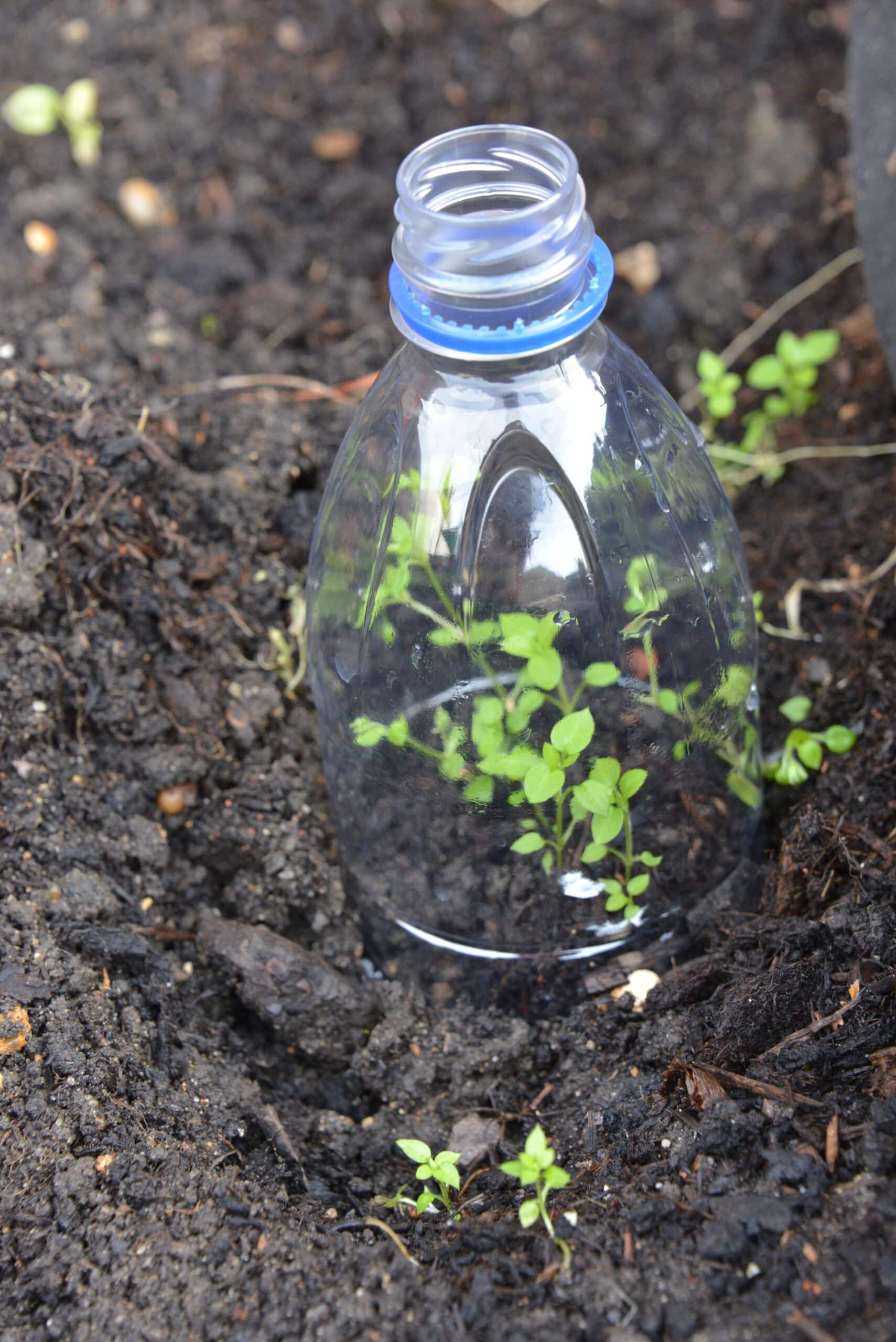
Leave a Reply